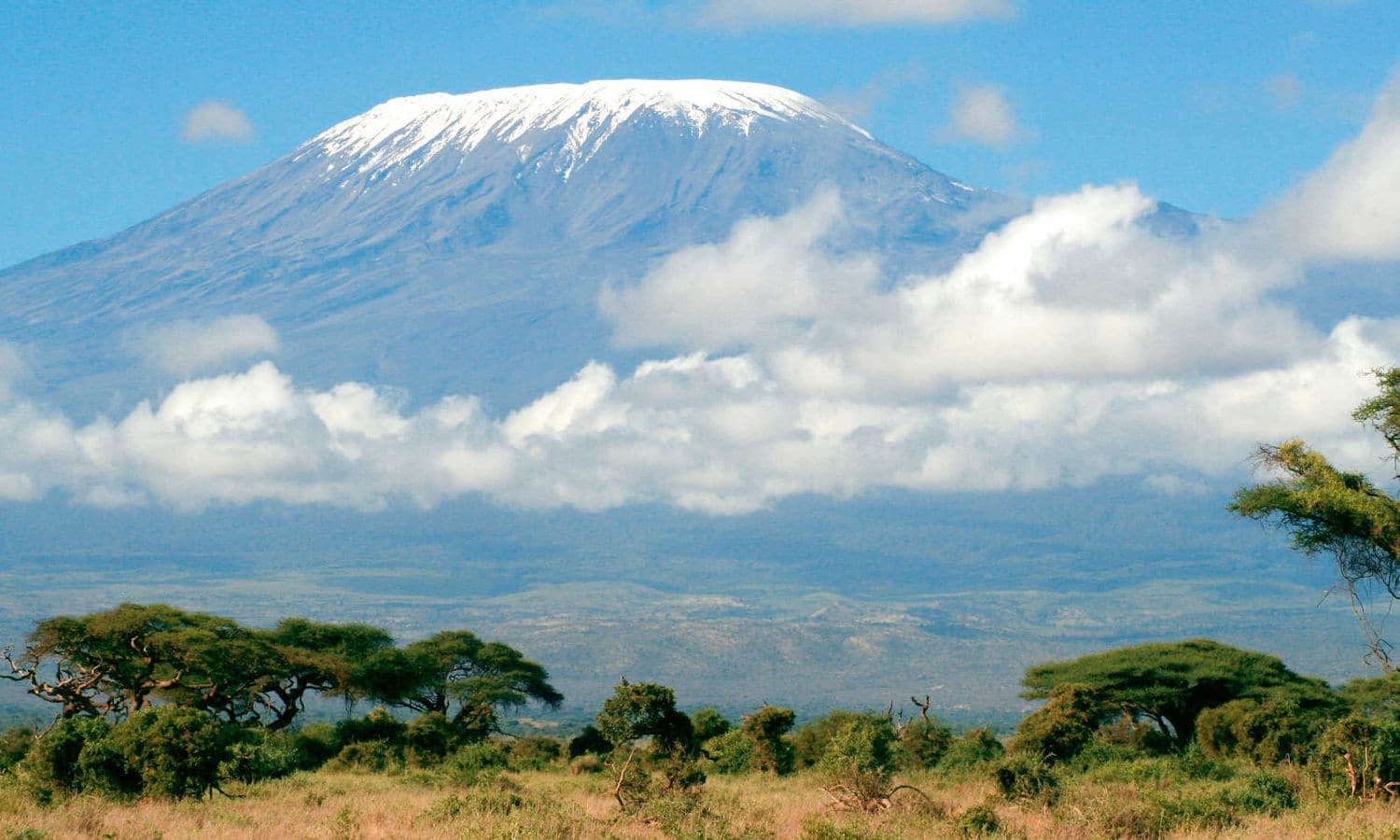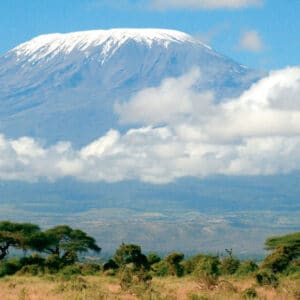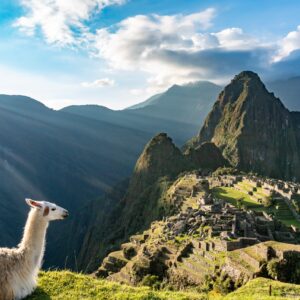Kilimanjaro | June 2025
£250.00
Take on the trip of a lifetime and climb over 19,000ft to the summit of Mount Kilimanjaro.
This trip will occur across 9 days between the 2nd and 16th June.
You will fly from London Heathrow to Tanzania and experience the highest point in Africa during your 7-day trek!



